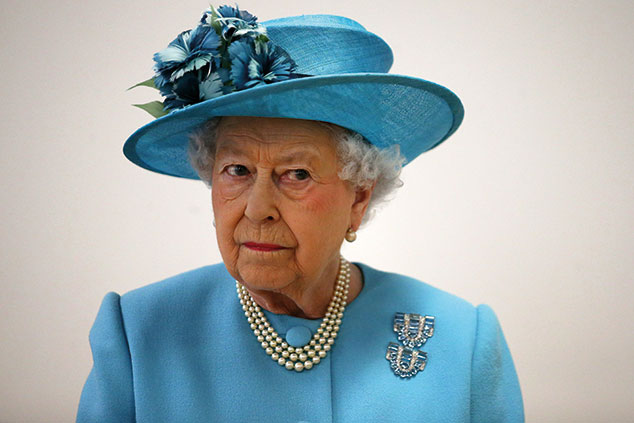
In February 2007, MoneyWeek wrote about subprime debt and the risks inherent in it as the US housing market peaked (which is also something we wrote about often in 2006). In March that year we ran a cover story on the “return of risk”, in which we fretted about credit spreads being at record lows (ie, lenders were demanding very little more in terms of returns for lending to the risky than to the safe). By June we were telling you to “prepare for a market crash” on our cover, a warning we repeated twice in July.
But while our readers might have been luckier than those listening to fund managers at the time (“our advice is to stay invested”, said JP Morgan in March 2007), we were hardly alone. For evidence, look no further than the Alex cartoon in this issue. Its author, Russell Taylor, had already been told by his City deep throats in the spring of 2007 that “big banks were badly exposed to these debt products and a large-scale bankruptcy was just around the corner”. MoneyWeek and Taylor were hearing the same things from similar sources.
My point here is not to pretend that anyone predicted exactly how the whole thing would unfold – of course they didn’t – but to make it clear that the crash was not a bolt from the blue that no one could possibly have been prepared for in any way. It was not: most people working in finance were very well aware that something big was up. So why do most people think it was? Because, as John Stepek reminded me on our podcast this week (you can listen to it here), history is written by the victors. And the victors in this case are the big banks and the central banks.
The former are as powerful as they were pre-crisis and the latter are significantly more powerful. The idea that they knew of the risks inherent in the credit bubble (or for that matter that they caused it), and could have done anything to prevent disaster in advance, doesn’t suit them any more than the suggestion that their solution to the crisis (bailouts and quantitative easing – QE) hasn’t worked out brilliantly.
The story of the crisis they want to see in the history books is this: no one saw it coming, no one could have seen it coming, the brilliance of the central banks saved the day, and bailouts and long-term QE were the only possible solution – and the correct solution. Is that the correct story? We don’t think so – and our archives agree with us. But it’s the one everyone now seems to believe.